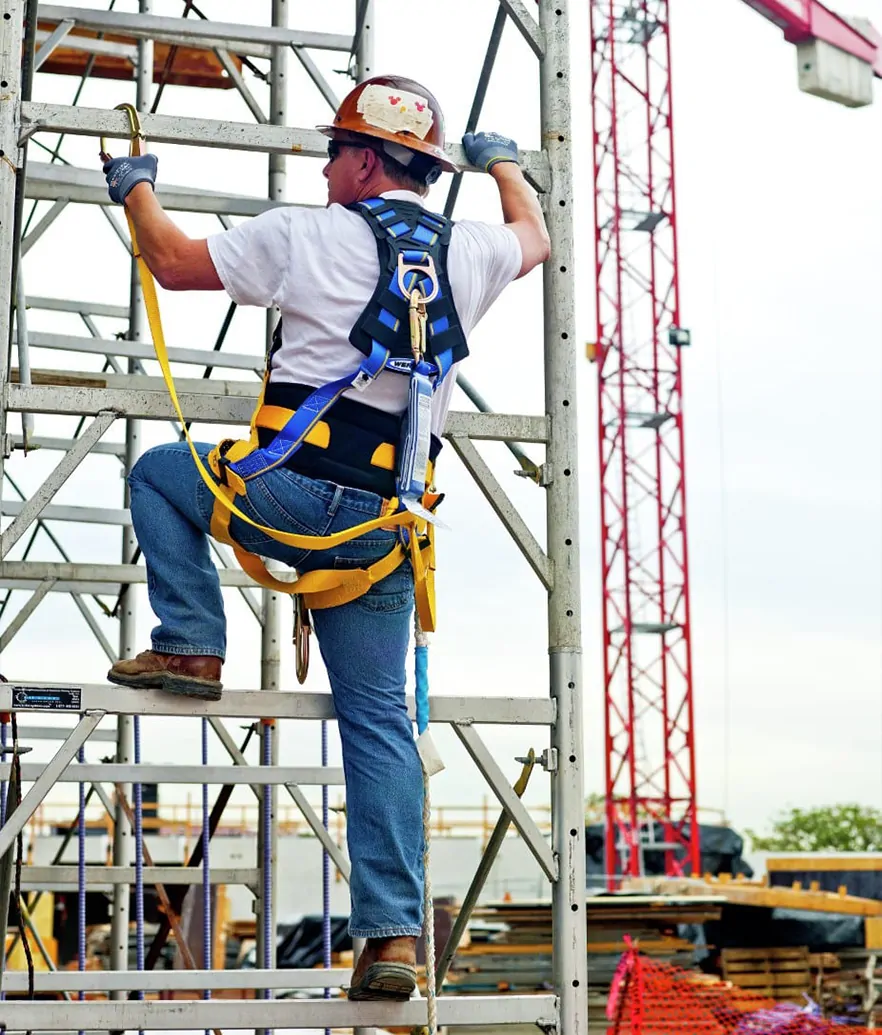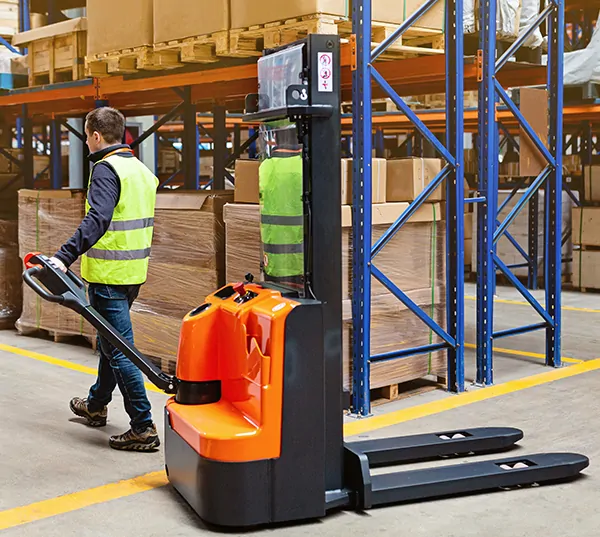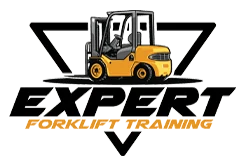Working At Heights Training Course
- Home
- Working At Heights Training Course


Working At Heights Training
Working at Height Training outlines the requirements for training programs that are submitted to the Chief Prevent Officer (CPO), for approval. This document should be read together with the Working at Heights Training Provider Standard. It outlines the requirements that training providers must meet to be approved by the CPO to provide a working at heights program. This Working at Heights Training Standard supports consistent, quality training for Ontario workers with respect to core competencies necessary for working at heights. Training based on this standard can be tailored to address specific hazards in a particular sector or the common equipment and machinery that are used in that sector. As long as the learning outcomes set forth in the standard are met.
CPO Approved Training equips workers and supervisors with all the knowledge they need to work safely at heights and avoid fall-related accidents. Participants will learn how to properly select, inspect, maintain, and use a variety of fall protection systems and components. Safe-Tech programs comply with or exceed all applicable CSA Standard, Federal/Provincial regulations, and Ministry of Labour Guidelines. Training in Working at Heights, including fall protection training Brampton, is available on-site at the client’s location, in either a full or refresher format.
Does Ontario have a mandatory Work At Heights training?


How tall is considered to be safe when working at heights?
- Work above ground/floor level
- Could be thrown from an edge or through an opening on a fragile surface.
- Could be thrown from the ground into an opening in the ground floor or hole in the ground
- A slip or trip on the level is not considered work at height. It must involve a fall from height.
- You can walk up and down a staircase that is part of a building.
Classroom Training Content
- Current legislation and guidelines
- Identification of fall hazards
- Selection of equipment
- Understanding anchorage points
- Components and fall protection systems
- Principles of energy dissipation
- Calculating fall clearances
- Rescue plan importance
- Standards and regulations
- Selection and application of body support
- Maintenance and inspection of components

Get in touch
GET STARTED TODAY
Expert Forklift Training offers a variety of courses to help you go from student to certified.
- Each program is intended to teach you everything you need to be a competent and safe forklift operator. Get started by contacting us today to order your program or register online.
Our Courses

COUNTER BALANCE
Counterbalance Forklift can also be called the Sit-Down Counterbalance or Tow-Motor. This forklift is used in loading and unloading freight from and to transport trucks.

NARROW AISLE/ REACH LIFT
Expert Forklift Training's Reach Forklift Operator Training Course teaches you how to inspect forklifts, safely operate them, and how move the machine.

ORDER PICKER
The narrow aisle truck family includes the Order Picker, also called the Cherry Picker. This truck can be used to lift the operator to and from rack locations.

DOCK STOCKER
A Dockstocker is a counterbalanced truck that allows the operator to stand while operating the machine.

PALLET WALKIE RIDER
According to MOL regulations, every employer must ensure that its employees are properly trained and certified before they can operate an electric Walkie-Talkie (Pallet Truck).

ARIAL BOOM LIFT TRUCK
Aerial Boom Lift is also known as Genie Boom. Expert Forklift Training's aerial boom lift training courses are OHSA-based and cover the various types of aerial platforms
